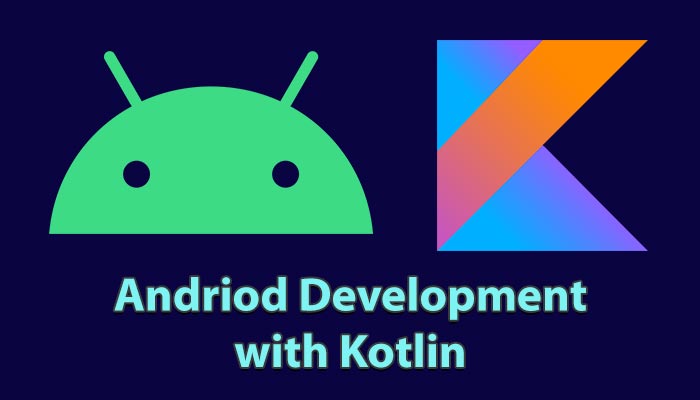

This sounds great at a first glance, but let's take a closer look. They bring all the necessary tooling to build an Android app, an iOS app, and some even a web app. Let's start by looking at the common approach of all current cross-platform frameworks.Īll of the frameworks mentioned above claim full project ownership 1. What's wrong with the current cross-platform approach? In this post, I want to share what felt wrong with all of these approaches and how Kotlin enables a substantially different approach to cross-platform development.

Some were beautiful, some had decent performance, and certainly, all fulfilled their purpose. But in the end, they were just compromises. They were a good compromise to achieve competing project goals. To be honest, none of these projects ever felt right. And we looked at technologies like Titanium, Xamarin, and NativeScript, which then ultimately never made it into our projects. We have embedded functionality through website fragments into WebViews.

With 14 years of mobile development experience - yes, mobile started before the iPhone - we have used many cross-platform solutions like PhoneGap/Cordova, React Native, and most recently, Flutter. Cross-platform development has always been a topic here at SinnerSchrader.


 0 kommentar(er)
0 kommentar(er)
